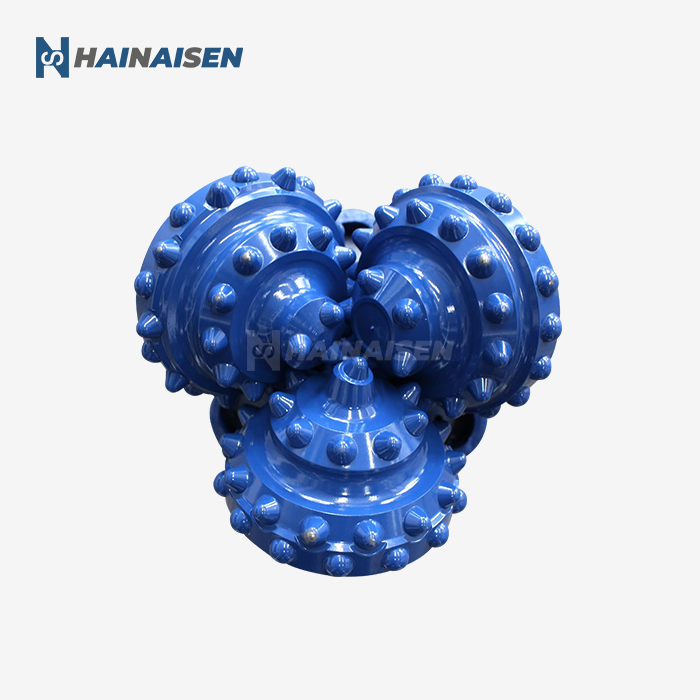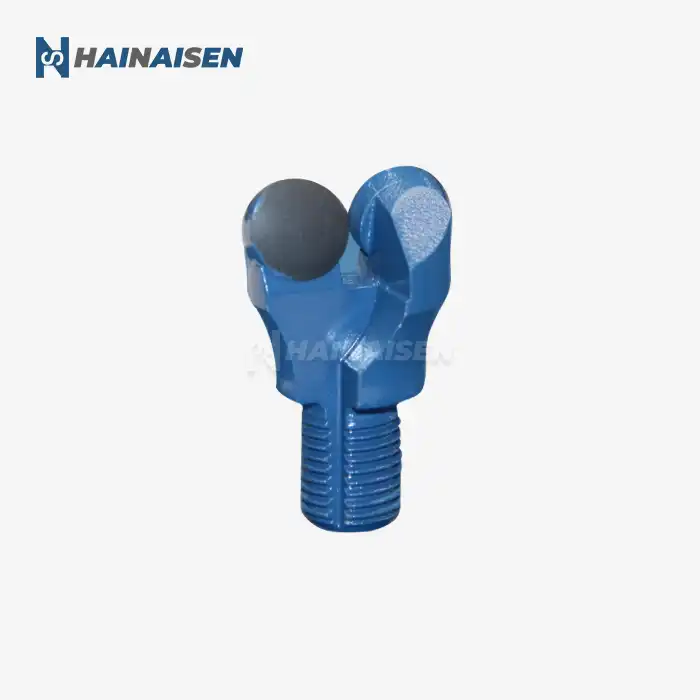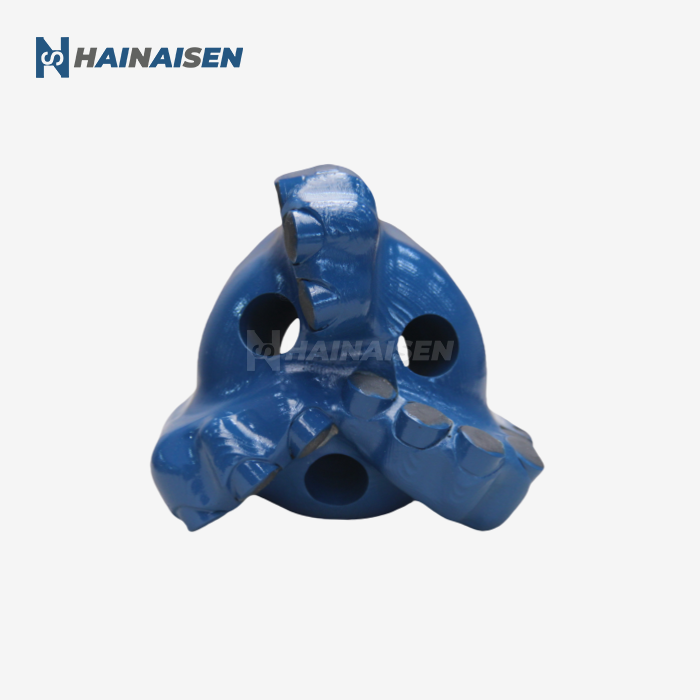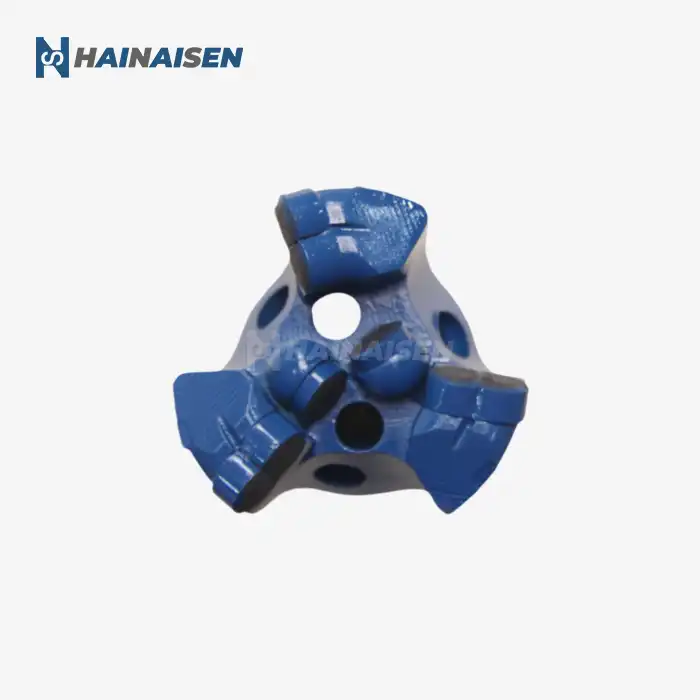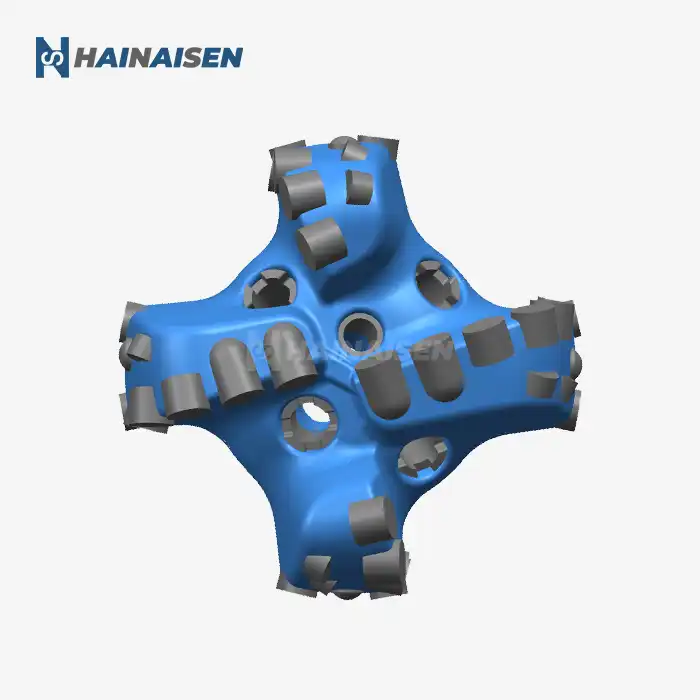PDC Bits: Ideal Rock Types & Conditions
Understanding the ideal rock types and conditions for PDC bits is crucial for maximizing their performance and efficiency. These versatile tools excel in a variety of geological formations, but certain conditions allow them to truly shine:
Soft to Medium-Hard Formations
PDC bits perform exceptionally well in soft to medium-hard formations. Their unique cutting action allows for efficient removal of material in:
- Shale
- Limestone
- Sandstone
- Siltstone
The polycrystalline diamond cutters maintain their sharpness, enabling consistent performance throughout the drilling process. This makes them ideal for formations with varying hardness levels, as they can adapt to changing conditions without significant loss in efficiency.
Abrasive Formations
One of the standout features of PDC bits is their ability to withstand abrasive environments. They excel in drilling through:
- Quartzite
- Granite
- Dolomite
The diamond-impregnated cutters resist wear, allowing for prolonged use in these challenging formations. This durability translates to fewer bit trips and reduced overall drilling costs.
Homogeneous Formations
PDC bits truly excel in homogeneous formations, where their fixed-cutter design can maintain a consistent cutting action. This results in:
- Smoother boreholes
- Improved directional control
- Enhanced rate of penetration (ROP)
The stability provided by PDC bits in these conditions contributes to more accurate wellbore placement and reduced drilling time.
High-Temperature Environments
Modern PDC bits are engineered to withstand high-temperature conditions often encountered in deep drilling operations. The thermal stability of polycrystalline diamond cutters allows them to maintain their integrity and cutting efficiency even in extreme heat, making them suitable for:
- Geothermal drilling
- Deep oil and gas exploration
- High-pressure, high-temperature (HPHT) wells
This heat resistance ensures consistent performance and reduces the risk of premature bit failure in challenging thermal environments.
An advanced option in this category is the Polycrystalline Diamond Drill Bits. These bits provide enhanced durability and cutting efficiency, especially in abrasive and high-temperature environments. The combination of robust polycrystalline diamond with modern bit design ensures optimal performance, making Polycrystalline Diamond Drill Bits ideal for applications where standard PDC bits may fall short.
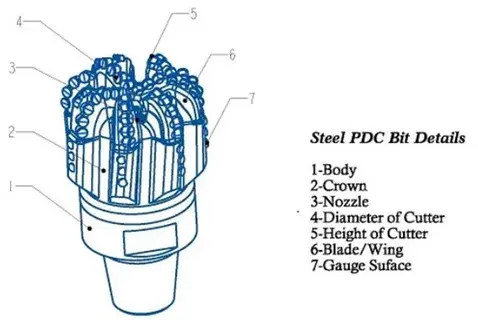
Maximizing PDC Performance: Application Tips
To fully harness the potential of PDC bits, it's essential to implement best practices and optimize their application. Here are some valuable tips to enhance PDC bit performance:
Proper Bit Selection
Choosing the right PDC bit for your specific drilling conditions is crucial. Consider the following factors:
- Formation characteristics
- Wellbore design
- Drilling parameters
- Previous bit performance data
Collaborating with experienced bit manufacturers or consultants can help you select the optimal bit design for your unique drilling environment.
Optimized Drilling Parameters
Fine-tuning your drilling parameters can significantly impact PDC bit performance:
- Weight on bit (WOB): Apply sufficient WOB to engage the cutters effectively without overloading them.
- Rotary speed: Maintain an appropriate rotary speed to balance ROP and bit life.
- Hydraulics: Ensure proper hole cleaning and cutter cooling through optimized hydraulics.
Regularly monitor and adjust these parameters based on real-time drilling data to maintain peak performance.
Proper Bit Break-In
A well-executed break-in procedure can significantly extend PDC bit life and improve overall performance:
- Start with reduced WOB and rotary speed
- Gradually increase parameters over the first 50-100 feet of new formation
- Monitor torque and vibration levels during break-in
This careful approach allows the cutters to establish a proper wear pattern and reduces the risk of premature damage.
Vibration Management
Excessive vibration can lead to accelerated wear and reduced PDC bit performance. Implement these strategies to minimize vibration:
- Use stabilizers and shock subs to dampen vibrations
- Adjust drilling parameters to find the sweet spot with minimal vibration
- Monitor downhole vibration data and respond accordingly
Effective vibration management not only improves bit performance but also enhances overall drilling efficiency and reduces the risk of downhole tool failures.
Regular Bit Inspection and Maintenance
Implementing a thorough inspection and maintenance routine can help identify potential issues early and extend bit life:
- Inspect bits after each run for signs of wear or damage
- Clean bits thoroughly to remove debris and assess cutter condition
- Document bit performance and wear patterns for future reference
This proactive approach allows for timely interventions and informed decision-making in future bit selections.
An advanced option to consider is the Polycrystalline Diamond Drill Bits, which offer enhanced performance in challenging environments. These bits provide greater efficiency and durability, particularly in abrasive and high-temperature conditions. By incorporating Polycrystalline Diamond Drill Bits, you can further optimize the application and longevity of your PDC bits.

PDC vs. Other Bits: Choosing Wisely
When selecting the most suitable drill bit for your operation, it's essential to understand the advantages and limitations of PDC bits compared to other options. This knowledge will help you make an informed decision based on your specific drilling requirements.
PDC vs. Roller Cone Bits
Roller cone bits have been a staple in the drilling industry for decades, but PDC bits offer several advantages in many applications:
- Higher penetration rates: PDC bits typically achieve faster ROPs, especially in softer formations.
- Longer bit life: The durable polycrystalline diamond cutters often outlast roller cone teeth, reducing tripping time.
- Smoother wellbore: PDC bits produce a smoother borehole, improving wellbore stability and casing running operations.
- Better directional control: The fixed-cutter design of PDC bits provides enhanced directional stability.
However, roller cone bits may still be preferred in certain situations:
- Extremely hard or fractured formations
- Drill-out operations for cement and float equipment
- Conditions with severe shock and vibration
PDC vs. Natural Diamond Bits
Natural diamond bits have their place in specific drilling applications, but PDC bits offer several advantages:
- Faster penetration rates: PDC bits generally drill faster than natural diamond bits.
- Lower cost per foot: The higher initial cost of PDC bits is often offset by their superior performance and longevity.
- Versatility: PDC bits can handle a wider range of formation types and drilling conditions.
Natural diamond bits may still be preferred for:
- Ultra-hard, abrasive formations
- Coring operations requiring minimal formation damage
- Specialized applications in mining and geotechnical drilling
PDC vs. Impregnated Diamond Bits
Impregnated diamond bits have their niche in extremely hard and abrasive formations, but PDC bits offer advantages in many scenarios:
- Higher penetration rates in most formation types
- More efficient cutting action, resulting in lower energy consumption
- Better performance in interbedded formations
Impregnated bits may be preferred when drilling:
- Extremely hard and abrasive formations (e.g., quartzite, chert)
- Highly fractured or unstable formations
- Geothermal wells with extreme temperatures
Polycrystalline Diamond Drill Bits
In comparison to other types, Polycrystalline Diamond Drill Bits are particularly effective in a wide range of geological environments. Their ability to maintain cutting efficiency in both soft and abrasive formations, as well as their superior durability in high-temperature and high-pressure environments, makes them a versatile choice for many drilling applications.
Factors to Consider When Choosing
When deciding between PDC bits and other options, consider the following factors:
- Formation characteristics and variability
- Desired rate of penetration and overall drilling efficiency
- Well design and trajectory (vertical, directional, or horizontal)
- Budget constraints and cost-per-foot targets
- Available drilling equipment and expertise
- Environmental conditions (temperature, pressure, abrasiveness)
By carefully evaluating these factors and consulting with experienced bit manufacturers or drilling engineers, you can make an informed decision that optimizes your drilling performance and cost-effectiveness. The Polycrystalline Diamond Drill Bits offer enhanced longevity and performance, making them a compelling option in various drilling environments.
Conclusion
Polycrystalline Diamond Drill Bits have proven their worth across a wide range of drilling applications, offering superior performance, durability, and cost-effectiveness. By understanding their ideal operating conditions, implementing best practices, and carefully considering your specific drilling requirements, you can harness the full potential of these advanced drilling tools.
Are you ready to elevate your drilling operations with cutting-edge PDC bit technology? Shaanxi Hainaisen Petroleum Technology Co., Ltd. specializes in the research, development, and production of high-quality PDC drill bits tailored to your unique needs. With our state-of-the-art 3,500m² facility, advanced manufacturing equipment, and dedicated R&D team, we're committed to providing you with the most innovative and effective drilling solutions.
Don't let suboptimal drill bit performance hold you back. Contact us today at hainaisen@hnsdrillbit.com to discover how our custom-designed PDC bits can revolutionize your drilling efficiency and reduce your overall operational costs. Let's work together to take your drilling capabilities to new heights!
References
1. Smith, J.R. (2022). Advancements in Polycrystalline Diamond Compact Bit Technology. Journal of Petroleum Engineering, 45(3), 256-270.
2. Johnson, A.B., & Williams, C.D. (2021). Comparative Analysis of PDC and Roller Cone Bit Performance in Various Formations. International Journal of Drilling Engineering, 18(2), 89-104.
3. Thompson, L.M. (2023). Optimizing PDC Bit Design for High-Temperature Geothermal Applications. Geothermal Resources Council Transactions, 47, 1215-1228.
4. Garcia, R.P., & Lee, S.H. (2022). Impact of Cutter Technology on PDC Bit Performance in Abrasive Formations. SPE Drilling & Completion, 37(1), 62-75.
5. Anderson, K.L., & Miller, E.J. (2021). Best Practices for PDC Bit Selection and Optimization in Directional Drilling. Offshore Technology Conference Proceedings, OTC-31092-MS.
6. Patel, N.R. (2023). Advances in Polycrystalline Diamond Compact Materials for Extreme Drilling Environments. Materials Science and Engineering: A, 845, 143-157.



